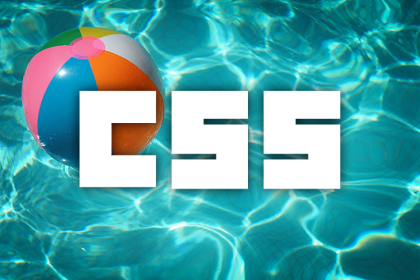
Entertain your users and increase the perceived performance of your app with animated page loaders, which can be easily built with just CSS.

Style your next SolidJS project with the power of Tailwind CSS to create reactive, fast, and creative applications.

Learn how to deploy a Flask app using Docker, as well as how to host on Heroku, in this step-by-step Python tutorial.

In this post, we cover how Redux-first routing works and explain how Redux can make your code more complicated than it needs to be.

Create realistic outdoor scenes by generating animated clouds with only SVG and CSS in this React tutorial.

Dash makes it a breeze to create and share your data analysis through interactive dashboards using only Python code.

Let’s look at the latest version of the JavaScript bundling tool Parcel and its new features that can help developers build faster websites.

NativeBase helps teams build great interfaces quickly. The 3.0 update includes utility props, responsive styles, inbuilt accessibility, and more.

Scrape a website for data you need (and none of the data you don’t) with Python, Scrapy, and MongoDB in this complete tutorial.

Learn how to choose between a module bundler or a task runner for your app in this overview of each tool, its popularity, and its uses.

< View the recording Thanks for joining us! Relevant links from the talk: Original blog post TypeScript JSDoc reference webpack […]

While many of Flutter’s features transfer well from mobile to the web, authentication requires a few more steps to ensure security.